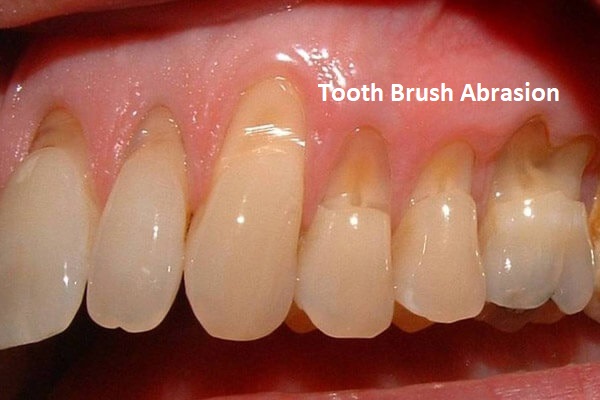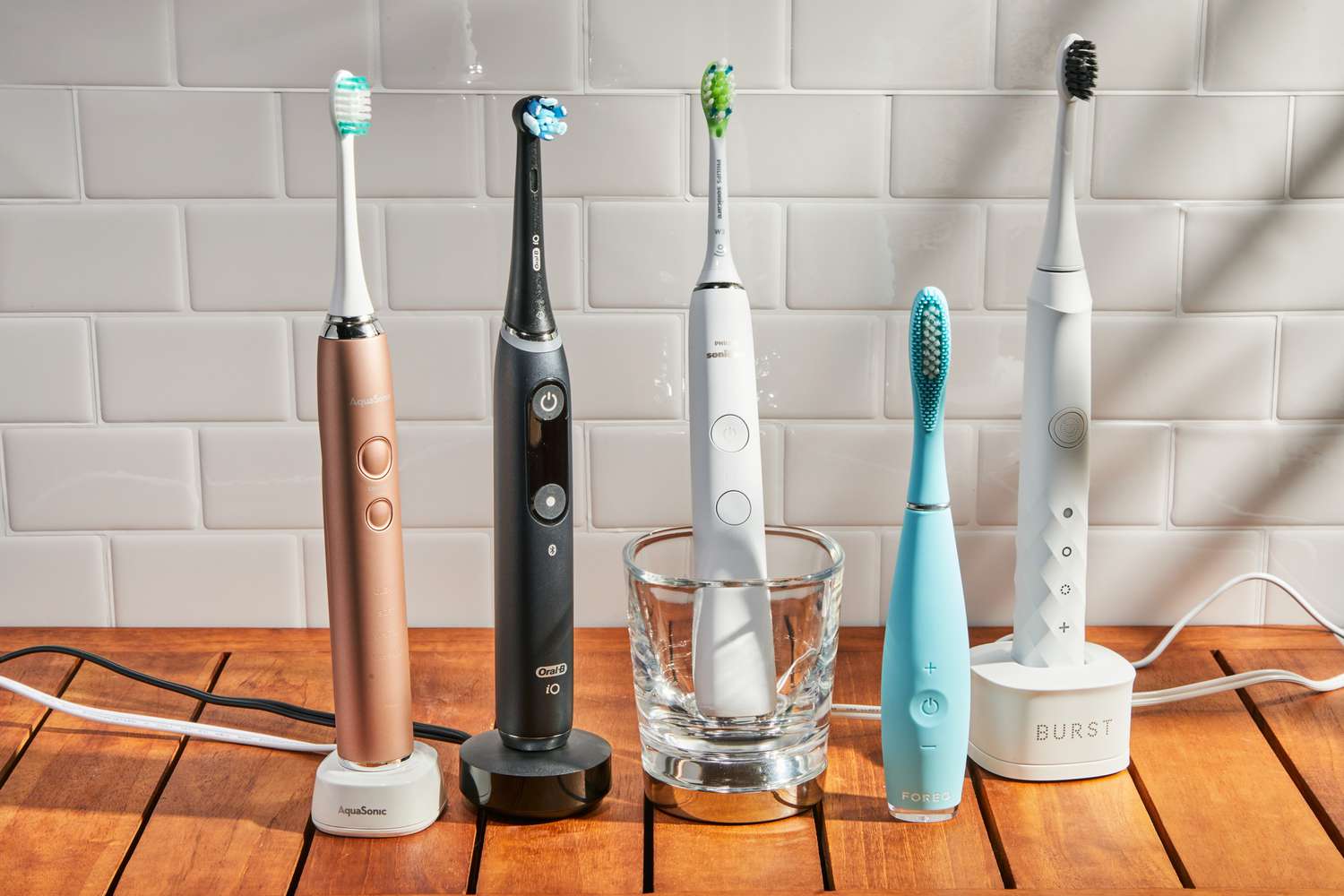Brushing your teeth is one of the most important habits you can have for your oral health and a Soft Bristle Toothbrush plays a vital role in it. It helps you remove plaque, prevent cavities, and maintain fresh breath. But did you know that the type of toothbrush you use can also affect your oral health? In this blog post, we will explain why a soft bristle toothbrush is the best choice for most people, how to choose the best one for your needs, and how to use it properly.
What is a Soft Bristle Toothbrush?
A soft bristle toothbrush is a type of toothbrush that has gentle and flexible bristles that can effectively clean your teeth and gums without causing damage or irritation. The fine, pliable bristles can reach crevices where the harder bristles might not reach, ensuring comprehensive clean healthy tooth that doesn’t compromise your enamel or irritate your gums.
A soft bristle toothbrush can be either manual or electric, depending on your preference and budget. A manual toothbrush is the simplest and cheapest option, but it requires more effort and technique to use. An electric toothbrush is more convenient and efficient, but it can be more expensive and require batteries or charging. Both types of toothbrushes can provide a good clean if used correctly.
Why You Should Use a Soft Bristle Toothbrush?
A soft bristle toothbrush can offer several advantages over a medium or hard bristle toothbrush, such as:
- It can protect your enamel and dentin from erosion and abrasion caused by excessive brushing force or friction. This can help prevent tooth sensitivity, discoloration, and decay.
- It can reduce the risk of injuring your gums, causing them to bleed, recede, or become inflamed. This can help prevent gingivitis, periodontitis, and infections.
- It can aid in plaque removal by dislodging and removing plaque effectively, promoting a cleaner mouth and helping prevent the formation of tartar, which can lead to more severe dental issues.
- It can provide a comfortable brushing experience by feeling gentle against your teeth and gums, turning brushing into a moment of self-care rather than a chore.
- It can be ideal for children and beginners who are just starting to navigate the world of dental care, as its softness ensures a less intimidating experience.

How to Choose the Best Soft Bristle Toothbrush?
When choosing a soft bristle toothbrush, there are some factors that you should consider, such as:
- The size and shape of the toothbrush head. You should choose a toothbrush head that fits comfortably in your mouth and allows you to access all the surfaces of your teeth. For most adults, a toothbrush head that is half an inch wide and one inch tall is ideal.
- The type and quality of the bristles. You should choose a toothbrush with soft nylon bristles that have rounded tips. This will ensure that the bristles are safe and gentle on your teeth and gums. You should also look for a toothbrush that has the American Dental Association (ADA) Seal of Acceptance, which means that it has been tested and approved for its safety and effectiveness.
- The design and features of the toothbrush handle. You should choose a toothbrush handle that is comfortable to hold and easy to manoeuvre in your mouth. You may also opt for a toothbrush with additional features, such as a tongue scraper, a rubber grip, or an indicator that tells you when to replace the brush.
- The preference between manual or electric toothbrushes. You can use either a manual or an electric soft bristle toothbrush to clean your teeth, as long as you brush properly and regularly. However, some people may prefer an electric toothbrush for its convenience, efficiency, or performance. An electric toothbrush can also be helpful for people who have limited manual dexterity, braces, or other dental appliances.
Few Recommended Soft Bristle Toothbrush:
If you are looking for some recommendations for the best soft bristle toothbrushes on the market right now, here are some of our picks:
- Oral-B iO Series 10 Electric Toothbrush: This electric toothbrush has six cleaning modes, including sensitive mode for gentle care. It also has smart sensors that guide you to brush evenly across all areas of your mouth.
- Colgate Hum Adult Smart Rhythm Sonic Toothbrush: This sonic toothbrush has a built-in sensor that tracks your brushing habits and gives you feedback via an app. It also has a timer and a reminder to change your brush head every three months.
- Nimbus Extra-Soft Toothbrush: This manual toothbrush has two types of bristles: extra-soft and super-slim. The extra-soft bristles are gentle on the gums, while the super-slim bristles are effective at removing plaque and debris.
- Philips Sonicare Prestige 9900: This electric toothbrush has a smart sensor that adapts to your brushing style and pressure. It also has four modes and three intensities to suit your needs.
- Rotadent ProCare Professional Rotary Toothbrush: This electric toothbrush has a rotary head that spins at 90 degrees, creating a sweeping motion that cleans the teeth and gums. It also has three modes: clean, gentle, and massage.
- Nano ToothBrush 2.0: This manual toothbrush has over 10,000 ultra-soft micro-nano bristles. They can penetrate deep into the gaps between the teeth and gums, removing plaque and bacteria.
- NUDUKO Biodegradable Bamboo Toothbrushes: This manual toothbrush has a bamboo handle that is eco-friendly and biodegradable. It also has soft charcoal-infused bristles that can help whiten the teeth and freshen the breath.
How to Use a Soft Bristle Toothbrush Properly?
To get the most out of your soft bristle toothbrush, you should follow these steps:
- Brush your teeth twice daily, preferably in the morning and at night before going to bed. You should also brush after meals or snacks if possible.
- Use a fluoride toothpaste that suits your oral health needs. You should use only a pea-sized amount of toothpaste on your brush.
- Hold your toothbrush at a 45-degree angle to your gum line and gently move it back and forth in short strokes. You should brush each tooth surface (inner, outer, and chewing) for about 15 seconds. Do not apply too much pressure or scrub too hard, as this can damage your teeth and gums.
- Brush your tongue from back to front to remove bacteria and freshen your breath. You can also use a tongue scraper if you have one12.
- Rinse your mouth with water or mouthwash to remove any remaining debris or toothpaste.
- Rinse your toothbrush with water and store it upright in a dry place. Do not cover it or share it with anyone else.
- Replace your toothbrush every three to four months or sooner if the bristles become frayed or worn out.
By using a soft bristle toothbrush correctly, you can improve your oral health and enjoy a brighter smile. Remember to also visit your dentist regularly for check-ups and professional cleanings. If you have any questions or concerns about your oral hygiene or dental care, do not hesitate to contact us today. We would love to hear from you! 😊
Know more about Gum Disease and Periodontal Disease : Types, Stages, and Treatment Options, here.

3 thoughts on “Soft Bristle Toothbrush – A Must Have for Your Oral Health in 2025”